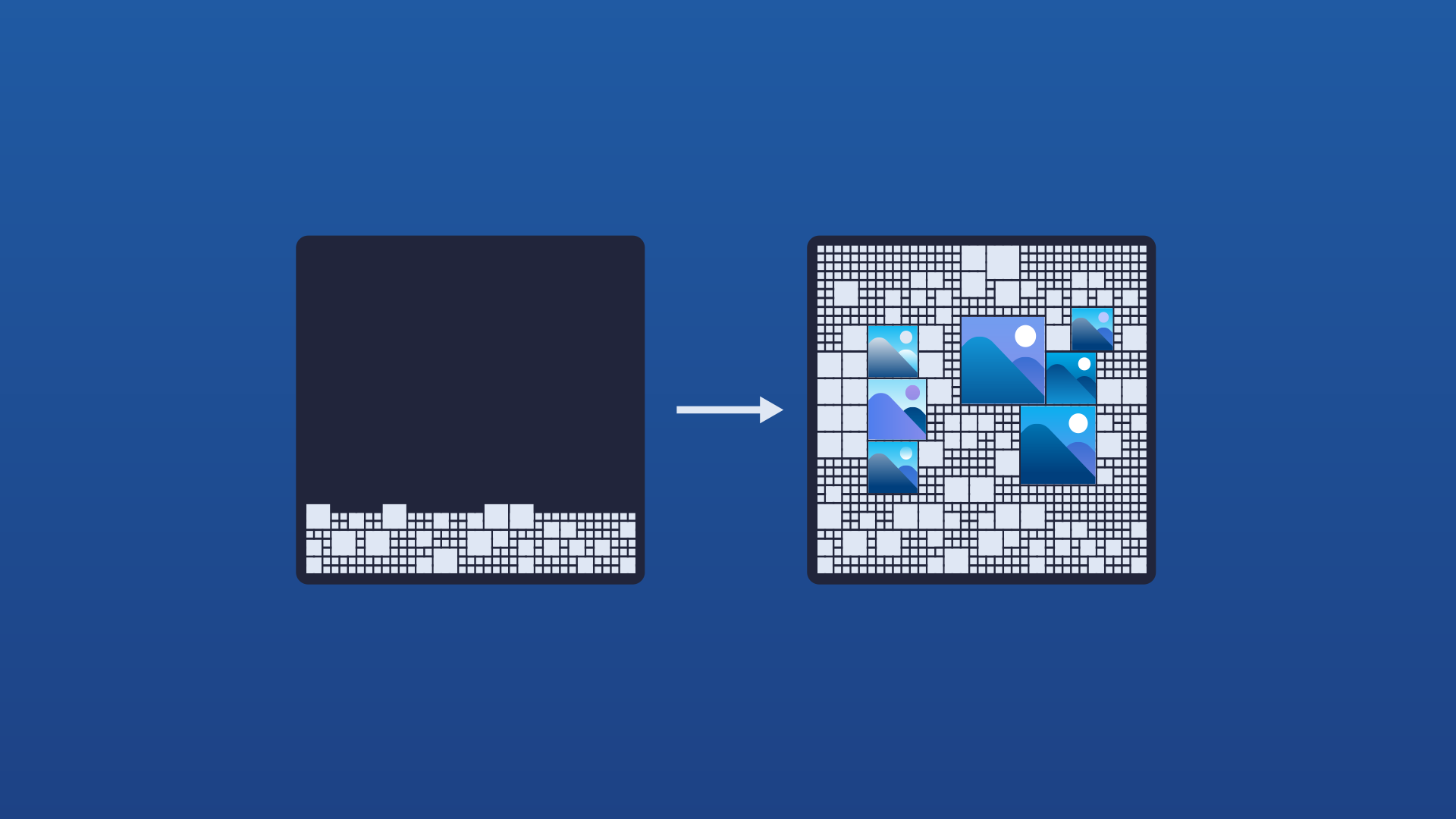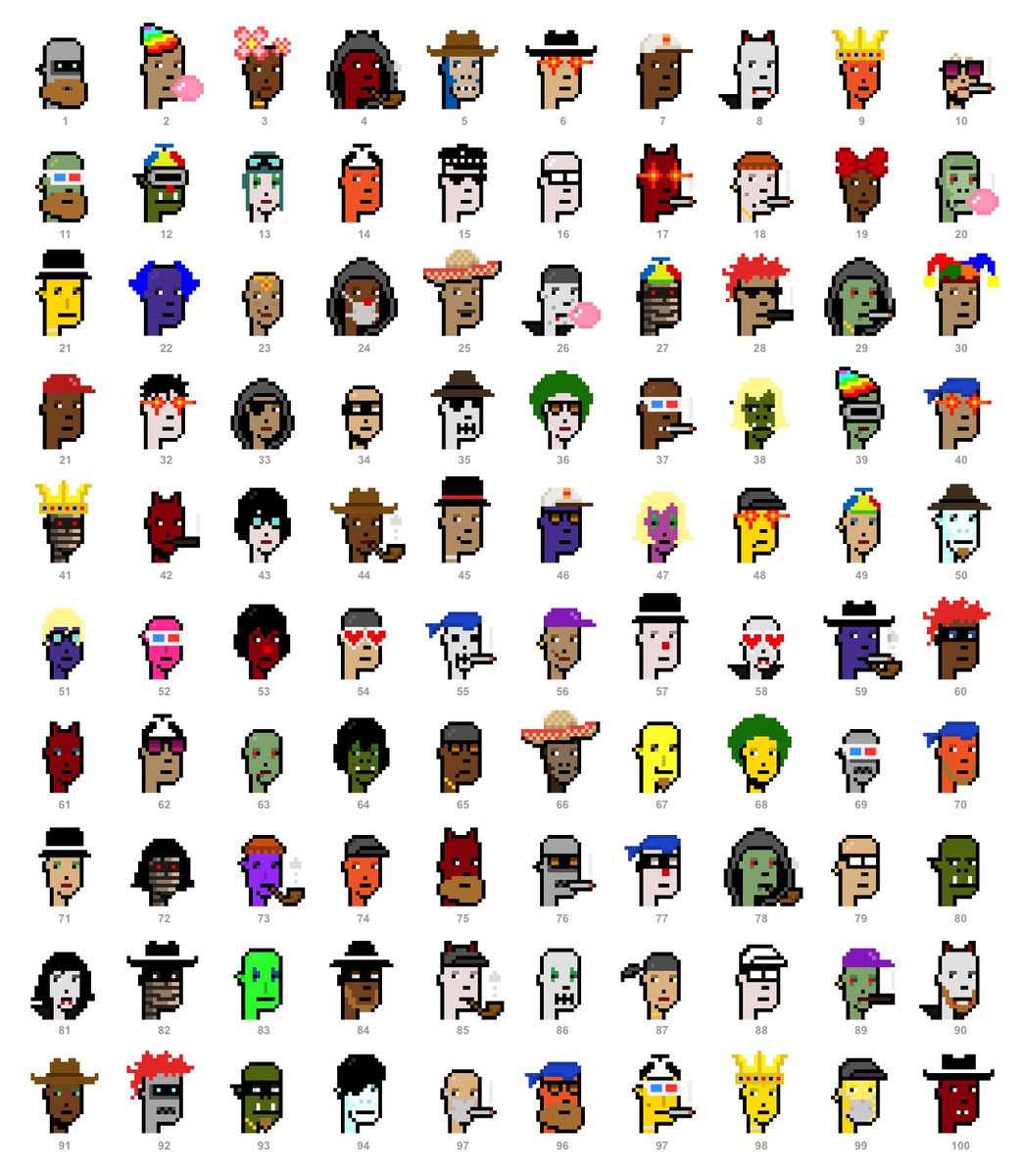In the past fourteen days, there has been a notable surge in activity revolving around Bitcoin ordinals inscriptions—a fascinating innovation entailing on-chain inscriptions of text, images, audio, and video directly on the Bitcoin blockchain. Think of them as similar to NFTs or non-fungible tokens, residing within the Bitcoin blockchain.
Yes, you read that correctly! NFTs, typically linked with smart-contract-based chains such as Ethereum, Solana, and BNB Chain, have found a new domain within the Bitcoin blockchain.

Photo Source: Avark
Displayed below is the percentage of Bitcoin’s overall fees attributed to these inscriptions, now reaching levels not seen since the initial ordinals frenzy earlier this year.

What implications does this hold for the Bitcoin network and the market?
Elevated demand for using Bitcoin blockspace inevitably results in increased transaction fees—a necessary incentive for miners to include transactions in a block.
While this may present challenges for users conducting smaller transactions, it augurs well for miner revenues and an upsurge in mining activity. Ultimately, this reinforces security for the Bitcoin network and its user base.
Grasping decentralized finance (DeFi) and staying abreast of DeFi advancements on the Bitcoin blockchain can prove beneficial for miners. DeFi products constructed on the Bitcoin blockchain possess the potential to amplify miners’ revenues similarly to what Bitcoin Ordinals are capable of achieving.
What’s truly noteworthy is the potential for miners to engage in DeFi investment and leverage DeFi strategies, thereby maximizing their earnings.
While numerous DeFi products on the Bitcoin blockchain are still in the developmental phase, Bitcoin Ordinals emerge as operational products. However, they are presently in their infancy.
This article seeks to explore Bitcoin Ordinals, uncovering the mechanics of Bitcoin NFTs, distinguishing them from Ethereum NFTs, examining applications, featuring select popular Bitcoin NFT projects, and more.
Understanding Bitcoin Ordinals
Bitcoin Ordinals, conceived by Casey Rodarmor, represent a distinctive type of non-fungible tokens (NFTs) directly embedded in the Bitcoin blockchain. Serving as unique digital assets, ordinals permit users to link art, text, or video to individual satoshis, the smallest units of Bitcoin, ensuring immutability without requiring third-party verification.

Photo Source: NFT Plazas
By utilizing Segregated Witness (SegWit) and Taproot updates, Bitcoin Ordinals leverage a novel Bitcoin address format from Taproot and separate witness information to inscribe data, such as images and videos, directly into the blockchain. This contributes to an expanded block size and enhanced transaction flexibility.
Introduced in January 2023, Bitcoin Ordinals establish a tangible on-chain presence for digital content, challenging Bitcoin’s fungibility and introducing a new application tier beyond merely being a “store of value.” The surge in Ordinals has positively impacted the Bitcoin network by boosting usage, fees, and storage space.
Essentially, Bitcoin Ordinals function as transaction serial numbers, guaranteeing the integrity, security, and chronological order of transactions within the Bitcoin network. Attaching unique information to individual satoshis, valued at 0.00000001 BTC, transforms them into de-facto NFTs, each possessing distinct value and identity on the blockchain.
The significant updates, SegWit and Taproot, inadvertently laid the groundwork for the Bitcoin Ordinals protocol. Ordinals enable the creation of Bitcoin NFTs by appending additional data to each satoshi without the necessity for smart contracts.
Bitcoin Ordinals encompass two crucial components: ordinals and inscriptions. Ordinals arrange satoshis uniquely, establishing the non-fungible property essential for NFTs, while inscriptions denote the content attached to satoshis, serving as immutable on-chain digital artifacts. Though creator Casey Rodarmor prefers the term “digital artifacts” over NFTs due to its broader applications, the community’s familiarity with NFTs persists.
How Bitcoin Ordinals Operate
Bitcoin ordinals operate by providing a unique identification for each satoshi within the Bitcoin network, enabling tracking and transfer across the blockchain. With 100 million satoshis in each BTC token, digitally inscribing content onto satoshis transforms them into immutable digital collectibles. These collectibles, representing unique assets like art, music, video, or text, are transacted on the Bitcoin network using crypto wallets. Stored on the Bitcoin blockchain, these assets are easily verifiable, distinct, and tamper-proof.
The mechanics behind Bitcoin ordinals originate from ordinal theory, defining satoshis as the individual atomic units traded within the Bitcoin network. Numbered based on mining order, sats become immutable digital collectibles transacted on the Bitcoin network through Bitcoin wallets. Beyond NFT equivalence, ordinals, as per ordinal theory, support diverse use cases, extending beyond typical nonfungible tokens.
The Ordinals protocol functions as a system for numbering satoshis, assigning a unique serial number to each, facilitating tracking across transactions. Through the process of “inscription,” users attach additional data to individual satoshis, creating unique identifiers. This protocol relies on ordinal numbers, which are stable identifiers for the data connected to sats, contributing to their uniqueness. Unlike traditional NFTs, inscribed ordinals exist directly on the Bitcoin blockchain, preserving the simplicity, immutability, security, and durability of Bitcoin.
The Ordinals protocol assigns diverse identifiers to each satoshi, including integers, decimals, percentiles, and names based on block positions. Ordinals can be represented as degrees, describing each sat’s rarity based on factors such as cycle, block production concerning halving and difficulty adjustments, and block position. After identification, users can inscribe sats with arbitrary data, creating digital artifacts that expand on the characteristics of traditional NFTs without requiring smart contracts.

Photo Source: Unchained Capital
Bitcoin NFTs created through inscriptions based on Ordinal theory operate differently from typical smart-contract-based NFTs. The ordinal theory identifies and tracks satoshis individually, assigning unique IDs for inscription without altering the original Bitcoin blockchain. In contrast to standard blockchain NFTs, which store metadata file links and host digital art off-chain, inscribed ordinals remain on the Bitcoin blockchain, enhancing security and immutability. Ordinal NFT rarity is determined by periodic Bitcoin events.
The introduction of Ordinals was facilitated by Bitcoin protocol updates—Segregated Witness (SegWit) in 2017 and Taproot in 2021. These updates expanded arbitrary data storage on the blockchain, inadvertently providing the infrastructure for ordinals and inscriptions. SegWit introduced “witness data” in Bitcoin transactions, allowing greater data storage, while Taproot enhanced privacy and scalability. Inscriptions are held within the witness data of a Bitcoin transaction, creating unique identifiers for each sat without compromising BTC’s fungibility. Ordinals, as tools to manage extra information on the Bitcoin blockchain, work with existing satoshis, preserving their fungibility while imbuing non-fungible characteristics.
Use Cases of Ordinals
Bitcoin Ordinals unlock diverse use cases on the Bitcoin blockchain:
- Gaming Integration: Convert in-game assets like cosmetics, accessories, skins, and avatars into Bitcoin Ordinals, offering players unique incentives within the gaming ecosystem.
- Art and Music Preservation: Artists can tokenize their digital creations on the immutable Bitcoin blockchain, ensuring the preservation of art and music. Bitcoin Ordinals also enable creators to receive royalties and provide merchandise for their fans.
- Revolutionizing Ticketing: Bitcoin Ordinals can serve as a modern alternative to traditional tickets for entertainment shows, virtual events, sports events, and more. By eliminating third-party intermediaries, these NFTs offer a transparent and convenient verification process.
- Metaverse Ownership: Utilize Bitcoin Ordinals as ownership tokens for Lands and properties within a metaverse, contributing to the development of virtual real estate.
- Identity Verification: Leverage NFTs for representing and verifying user identities, empowering individuals to maintain control over the security and privacy of their personal data.
- Fashion and Luxury Authentication: Authenticate and preserve ownership of fashion and luxury items through Bitcoin Ordinals. These NFTs can unlock exclusive offers, deals, and items associated with specific brands or products.
- Real Estate Tokenization: Tokenize real-world properties as Bitcoin Ordinals, providing indisputable proof of ownership, authenticity, and facilitating seamless transfers between parties. Integration with various applications and systems expands the scope of potential use cases within the real estate sector.
Differences Between Bitcoin Ordinals and Conventional NFTs
Bitcoin Ordinals diverge from conventional NFTs in several key aspects:
- Fluid Nature of Ordinals: The distinctive feature of Bitcoin Ordinals lies in their fluid nature. Due to the Bitcoin protocol’s non-recognition of ordinal theory, an ordinal can be either fungible or non-fungible, entirely dependent on the owner’s preference. This flexibility allows for ordinary use as a Bitcoin if the attached data is not recognized or valued, making them fungible. In contrast, Ethereum NFTs and Ethereum coins are distinctly separate, preventing any confusion between fungible tokens and NFTs.
- On-Chain Minting: Ordinals store raw file data directly on the Bitcoin blockchain, eliminating the reliance on external file references. This on-chain minting approach differs significantly from traditional NFTs.
- Inscription vs. Tokenization: The core divergence lies in the process—Ordinals directly inscribe data on the Bitcoin blockchain, while traditional NFTs tokenize by creating entirely new tokens on different blockchain networks.
- Smart Contract Functionality: Bitcoin Ordinals lack smart contract functionality, impacting their tradeability. This necessitates trading through Over-the-Counter (OTC) models rather than decentralized exchanges, a departure from the decentralized nature of many NFT markets.
- Concurrency Issues: The inscription process of Bitcoin Ordinals allows for multiple inscriptions on Satoshi units, introducing the possibility of concurrency issues—a unique characteristic not present in traditional NFTs.
- No Creator Royalties: In Ethereum, NFT creators can charge royalty fees on trades, a feature not applicable to Bitcoin Ordinals.
In summary, Bitcoin Ordinals offer a secure and unique approach to non-fungible tokens within the Bitcoin ecosystem, diverging significantly from the established norms of conventional NFTs.
Criticism and Challenges of Ordinals
Bitcoin Ordinals have sparked debates within the crypto community, with critics expressing concerns about inefficient block space usage, potentially leading to increased transaction fees and slower speeds. Proponents, on the other hand, see the protocol’s potential to extend Bitcoin’s utility beyond financial transactions. Beyond creating Ordinal NFTs, the protocol could attach ordinal satoshis to security tokens, stablecoins, enable Bitcoin smart contracts, and broaden cryptocurrency adoption.
However, there are drawbacks to the design of Ordinals. The inclusion of on-chain content, distinct from most Ethereum-based NFTs, might potentially increase the blockchain’s size. This could lead to escalated transaction costs as network usage grows. There are concerns about the impact on the fungibility of satoshis, as diverse applications of ordinals could differentiate their values in the future.
While Ordinals introduce a fresh use case for Bitcoin, there’s controversy over their competition for block space with regular BTC transactions. This competition might lead to increased network fees. Some argue that Bitcoin’s simplicity in storing and transferring value should be preserved. On the other hand, some see Ordinals as an innovative addition, offering vital fee incentives for miners as block rewards diminish over time.
As Ordinals vie for block space alongside regular BTC transactions, opinions in the community differ. While some view them as a positive evolution, incentivizing miners with fees, others question their impact on the network. Ultimately, whether Ordinals become a lasting feature depends on the collective decision of the Bitcoin community.
How to Create a Bitcoin Ordinal?
Initially, creating a Bitcoin Ordinal required owning a Bitcoin full node and a specialized wallet. However, recent advancements have introduced user-friendly tools like Gamma and the Ordinals Bot. These tools automate the process, catering to non-technical users and reducing associated risks.
To create an inscription, users initiate a transaction involving an individual satoshi. This transaction is directed to a Taproot-compatible wallet, an essential element for the inscription process. During this transaction, users attach desired metadata to the selected satoshi, ensuring it isn’t used as a network fee.
It’s crucial to note that the tools and ecosystem around Bitcoin Ordinals are still evolving. The concept emerged only a few months ago, and as interest from non-tech users grows, the ecosystem is expected to become more user-friendly.
What are Some Popular Bitcoin Ordinal Projects?

Photo Source: Ordinal Punks
Two Bitcoin Ordinals NFT projects draw inspiration from Ethereum counterparts:
- Ordinal Punks:
- A collection of 100 distinct PFPs entirely crafted on-chain on the Bitcoin blockchain.
- Generated through an open-source algorithm, each PFP is 192×192 pixels.
- TwelveFold:
- Launched by Yuga Labs, the creators of Bored Ape Yacht Club on Ethereum.
- Comprises 300 unique generative art pieces inscribed onto satoshis, marking Yuga Labs’ entry into the Bitcoin Ordinals space.

- BRC-20:
- This is not an NFT, but it introduces a token standard on Bitcoin, similar to Ethereum’s ERC-20, enabling the creation of fungible tokens.
- Involves inscribing a special code (JSON) to satoshis, providing essential details about the tokens, though with less programmability compared to Ethereum.
How to Trade Bitcoin Ordinals?
As Bitcoin Ordinals and their trading tools are still evolving, the process is not as mature as that of creating Ordinals. Nevertheless, here are steps for those interested in owning inscriptions:
- Choose a Wallet Compatible with Taproot:
- Opt for wallets such as Hiro, Xverse, or Ordinals Wallet that support Taproot functionality.
- Acquire Satoshis (Sats):
- Purchase satoshis within the wallet using on-ramp payment plugins, ensuring sufficient funds for transactions.
- Buying NFTs:
- Create an account on the selected wallet, secure your seed phrase, and establish a password.
- Deposit funds into your ordinal wallet address.
- Browse through listed Bitcoin NFT collections in the “collections” section.
- Select the desired collection, click “Buy Now,” and finalize the transaction to add the ordinal to your wallet.
- Selling NFTs:
- Follow a similar procedure to set up an account and secure your credentials.
- Deposit funds into your ordinal wallet.
- Access an Ordinal marketplace like Gamma.
- Choose your inscription type (image or text) and upload the content.
- Specify the Inscription fee based on size and transaction duration.
- Add the Ordinal recipient address and complete the transaction.
- Once the NFT is inscribed on the Bitcoin blockchain, view it on https://ordiscan.com/.

CONCLUSION
In the world of blockchain innovation, Bitcoin Ordinals emerge as a pioneering concept, introducing non-fungible tokens (NFTs) by engraving digital artifacts directly onto individual satoshis within the Bitcoin blockchain. These flexible digital artifacts fuel discussions about their impact and the potential broadening of Bitcoin’s application spectrum.
Projects like Ordinal Punks and TwelveFold demonstrate the creative potential of Bitcoin Ordinals, paying tribute to CryptoPunks and introducing inventive concepts like BRC-20 tokens. While still in early stages, tools for crafting and trading Ordinals are gradually maturing, attracting an enthusiastic community.
Bitcoin Ordinals, despite sparking debates, signify a promising frontier where tradition meets innovation. They hold the potential to redefine digital asset ownership on the Bitcoin blockchain, unlocking new avenues for decentralized creativity.
Disclaimer
The information provided in this article and its associated sources is not intended as investment, financial, or trading advice. It should not be construed as such, and reliance on the content for making financial decisions is not advised. The author of this document does not guarantee the accuracy or timeliness of the information provided. Before making any financial decisions, seek advice from a qualified professional who can evaluate your specific circumstances and needs.
